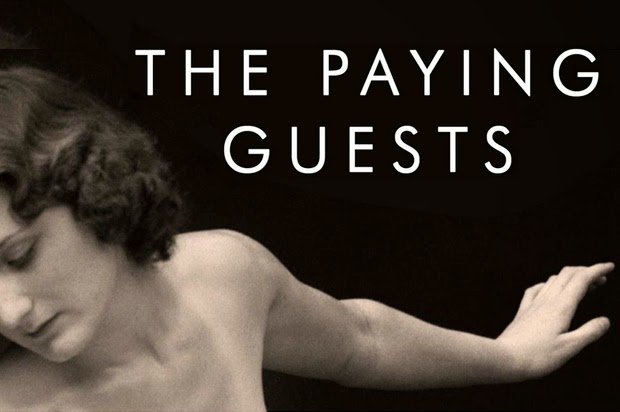The Buried Giant by Kazuo Ishiguro is one of my favourite things: a true fairy tale. Neither a too-precious tale for children nor a too-heroic piece of genre fantasy, but a story of the kind that J.R.R. Tolkien describes as being characterized by “a quality of strangeness and wonder,” a story of the kind that Tolkien himself accomplished only rarely, in “Leaf by Niggle” or “Smith of Wooten Major”, a story in the tradition of George MacDonald's Lilith or Howard Pyle's The Garden Behind the Moon or C.S. Lewis' Til We Have Faces.
Like these others, Ishiguro's novel operates on a symbolic level that should be described as mythical or mythopoetic rather than simply metaphorical or allegorical. It follows a small group of characters -- an old couple who cannot quite recall their past, a young boy bitten by a strange beast, a warrior with a hidden purpose, an old knight who is the last of Arthur's roundtable -- as they seek the source of a strange forgetfulness that has fallen over the land. Their story explores questions of memory and forgetfulness, especially as they relate to love and death, war and justice, presenting these familiar human questions in a way made new and strange and thereby compelling.
Though the earlier chapters contain some elements that feel out of place, the novel as a whole is also strong stylistically, as Ishiguro's books generally are. A sense of dreaminess, of forgetfulness, seems almost palpably to hang over the prose at times, immersing the reader in the very questions of memory that lie at the heart of the novel but making these questions strange enough that we must reconsider them, must search them out again, as if we are only catching glimpses of them beyond the horizon or seeing them in a dream from which we have just awakened.
I often feel with G. K. Chesterton that “the things I believe most now are the things called fairy tales,” and in this sense Ishiguro's The Buried Giant is a story that can be believed, a story that speaks profoundly to our human experience by returning to us its essential strangeness and wonder.
Jeremy Luke Hill
teaches literature, makes jams and preserves, reads continental
philosophy, uses open source software, bakes bread, watches documentary
film, plays old-man basketball, and writes poetry, among other things.
He is the founder of Vocamus Press, an organization that supports
reading, writing, and publishing in Guelph. He has a book of poetry,
short prose, and photography called Island Pieces. You can read his blog at at http://jeremylukehill.wordpress.com/, and you can reach him at jeremylukehill@gmail.com.



















